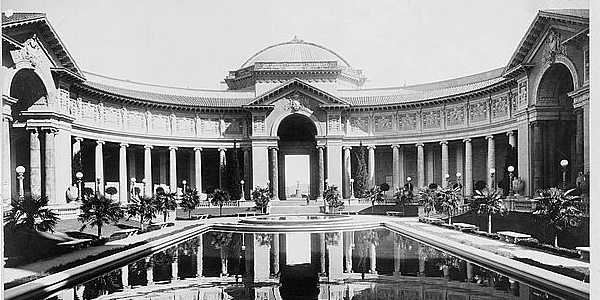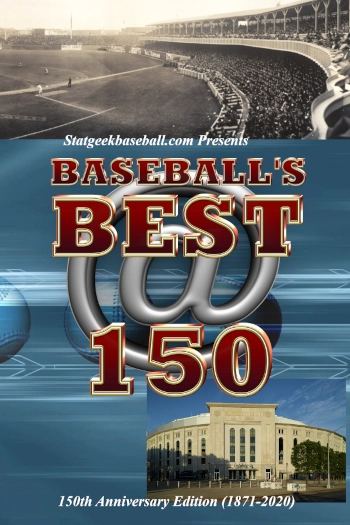Quick List Info

Dates Open - February 20 - December 4, 1915. Open Sundays. Open 288 days.
Attendance - 13,127,103 paid, 18,876,438 total (including 1,057,146 return checks, thus actual total including staff 17,819,292).
International Participants - 35 nations and 5 colonies.
Total Cost - $24,753,414.38 less abatements $2,496,476.43 = $22,256,937.95.
Site Acreage - 625 acres.
Sanction and Type - Prior to the Bureau of International Exhibitions. Would be considered a Universal style Registered event today like those on the 0 years of the decade. Was federally recognized with an official proclamation from Congress, and the President issued an invitation to foreign nations in February of 1912.
Ticket Cost - Daily Adult ticket, 50 cents. 50,000 season books sold (meeting limit) @ $11 (later $10) each. Of the 14.4 million tickets inside those books (1 for each of 288 days x 50,000), 3,537,085 were used. Therefore revenue ended up at 14 cents per coupon. Average used was 70 per holder, representing 18.6% of attendance.
Photo top center: Palace of Education and Palace of Liberal Arts at the Panama Pacific, 1915. Courtesy Library of Congress. Column Top: Poster from San Francisco 1915, original source unknown. Courtesy Pinterest.

Other Histories of World's Fairs to Check Out









